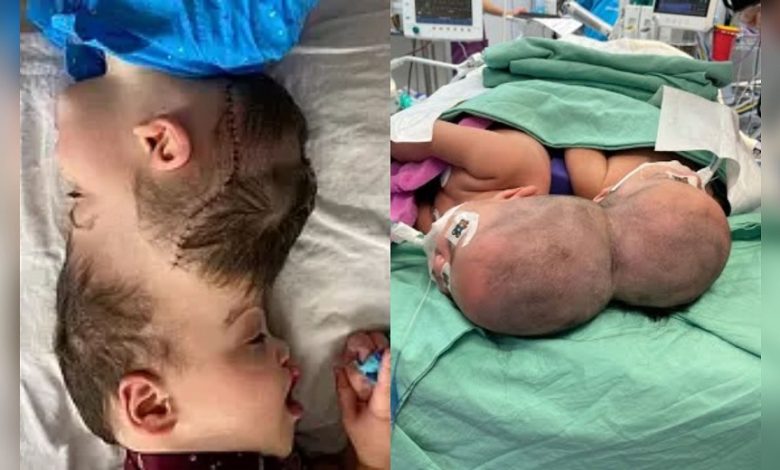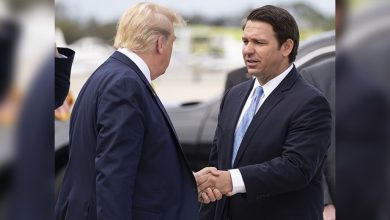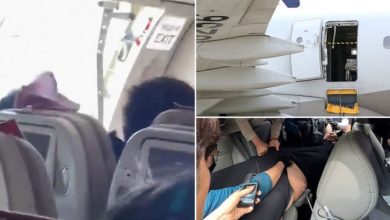
Conjoined twins are two babies who are physically connected to each other and may also share one or more internal body organs. One in 60,000 deliveries results in conjoined twins, and only 5% of those are craniopagus. These 3-year-old brothers were born with their brains fused together, and after undergoing several unsuccessful surgeries in the past, their parents decided to agree with doctors to perform one last very risky procedure.
Multiple doctors from around the world participated in the surgical procedure. The global nonprofit organization GE, which offered financial assistance for the operation, stated that the procedure included the use of virtual reality equipment.
The 3-year-old conjoined twins, as mentioned before, had a total of seven surgeries in the past before their parents decided to allow one last shot.
The last two rounds of surgery for the 3-year-old twins lasted a total of more than 33 hours and involved over 100 members of the medical staff.
With the help of virtual reality equipment, the surgeons were able to train for months, and medical experts from many different countries were able to work together on the surgery even though they were in different parts of the world.
The surgeon in charge of the procedure referred to the virtual reality procedure as an amazing accomplishment. At first, he was concerned about the chances of success of the procedure, especially in light of the fact that earlier medical efforts to separate the twins had been unsuccessful. He couldn’t be happier now that the identical twins have been successfully separated. “It’s just wonderful, it’s really great to see the anatomy and do the surgery before you actually put the children at any risk,” he said.
Even though the twins’ blood pressure spiked immediately after they were separated for the very first time in their lives, the brief moment of risk was resolved when the boys were allowed to touch each other once again.
“You can imagine how reassuring that is for the surgeons. In some ways, these operations are considered the hardest of our time, and to do it in virtual reality was just really man-on-Mars stuff,” the surgeon said.
He also, understandably, shared how very touching the whole experience had been, even for the skilled doctors and nurses who had made the miracle possible.
“There were a lot of tears and hugs. It was wonderful to be able to help them on this journey,” the surgeon added.
The outcome of the procedure raised debate among doctors, with many of them arguing this kind of procedure should be replicated for other super-rare conditions.





Leave a Reply